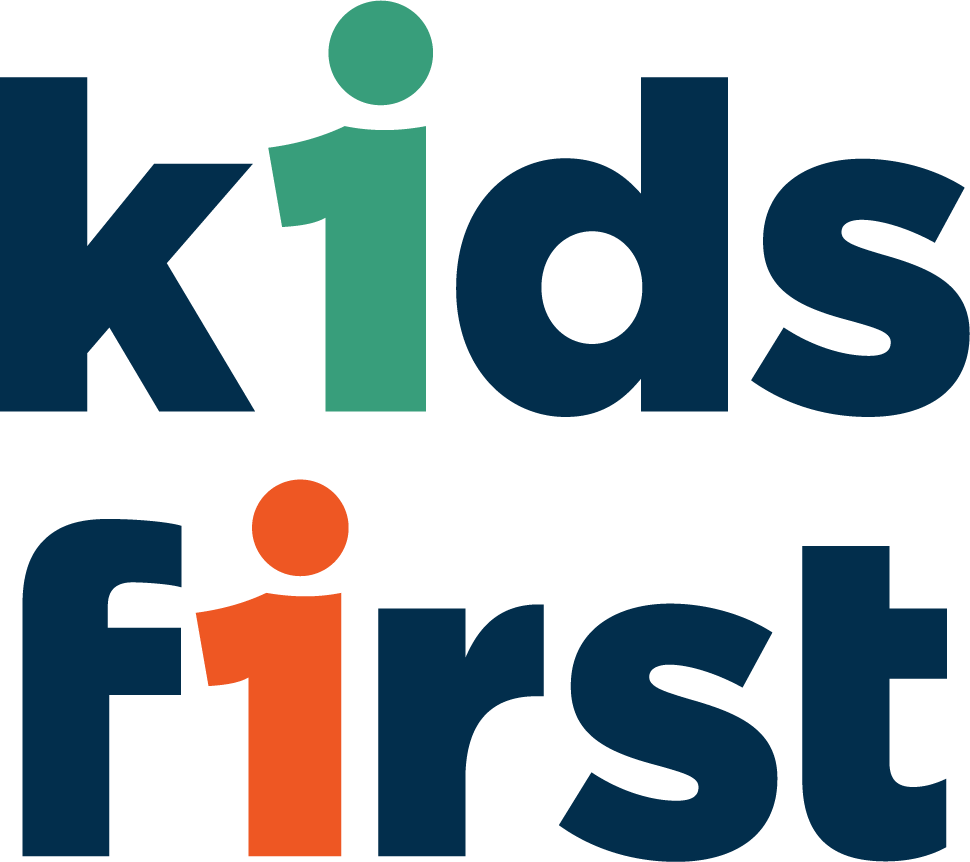Nurturing Hope: Exploring the Impact of Short-Term Foster Care
Short-term foster care is a compassionate and vital aspect of the foster care system, but it comes with its own set of challenges and rewards. Join us as we delve into the nuances of short-term foster care, uncovering actionable steps to make a positive difference in the lives of vulnerable children.
What is Short-term Foster Care? Urgent Need, Limited Time
Short-term foster care addresses the immediate needs of children who require temporary placement due to various reasons such as family crisis, parental illness, or pending court decisions. However, the urgent nature of short-term placements means that foster families often have limited time to prepare and adjust, leading to potential challenges in providing stability and support.
Preparation and Flexibility
To successfully navigate the challenges of short-term foster care, it's essential to prioritize preparation and flexibility. By equipping foster families with the necessary tools and resources, we can empower them to provide a nurturing environment for children in transition despite the time constraints.
Considering becoming a short-term foster family, here are some actionable steps to guide you:
Research Requirements: Research the requirements for becoming a short-term foster family in your area, including any training and licensing processes. Ensure you meet the eligibility criteria, such as age, background checks, and completion of required training.
Connect with Agencies: Contact local foster care agencies or organizations to express your interest in providing short-term care. They can provide information regarding specialized training programs focusing on the unique needs of short-term placements, support groups for foster families, and access to respite care services.
Attend training sessions for short-term foster families to learn essential skills and techniques for supporting children during their stay. Learn about trauma-informed care practice, crisis intervention skills, effective communication strategies, behavior management techniques, and ways to promote attachment and bonding.
Prepare Your Home: Prepare your home to accommodate children on short notice. Have necessary supplies, clothing, bedding, toiletries, and age-appropriate toys. Create a welcoming environment with cozy bedding, designated storage spaces, and comforting decorations. Ensure safety by childproofing hazardous areas and having first aid supplies readily available.
Stay Flexible: Remain flexible and adaptable to meet the changing needs of children in your care, understanding that short-term placements may require quick adjustments.
Emotional Impact of Short-Term Foster Care on Children
Short-term foster care can be emotionally challenging for children who may experience feelings of uncertainty, fear, and loss during their time in care. The transient nature of short-term placements may exacerbate these emotions, making it essential to provide stability and support to help children cope effectively.
Creating a Safe Haven
To address the emotional impact of short-term foster care, it's crucial to create a safe haven where children feel valued, supported, and understood. By offering consistency, empathy, and positive reinforcement, foster families can help children navigate their emotions and build resilience during their care.
As a short-term foster family, here are some actionable steps you can take to provide emotional support:
Establish Trust: Build trust with children by creating a safe and nurturing environment where they feel comfortable expressing their thoughts and feelings.
Listen Actively: Listen actively to children's concerns and validate their emotions, reassuring them that their feelings are valid, without judgment and understandable. providing undivided attention and empathy.
Offer Stability: Provide stability through consistent routines, rituals, and clear expectations, helping children feel secure during their stay.
Encourage Communication: Encourage open communication and dialogue, fostering a sense of belonging and connection within the family.Children with limited communication may need visual aids. Recognize and address triggers sensitively, providing coping mechanisms and alternative activities.
Seek Professional Help: Seek out professional support services, such as counseling or therapy, for children who may benefit from additional support in processing their emotions.
Transitioning to Permanent Placement
Another significant challenge in short-term foster care is facilitating a smooth transition to permanent placement for children who are unable to return to their biological families. The goal is to provide these children with a stable and loving forever family where they can thrive and grow beyond the foster care system.
Foster-to-Adopt Programs
To address this challenge, foster-to-adopt programs offer a promising solution by providing short-term foster families with the opportunity to adopt children in their care. These programs streamline the adoption process, allowing children to transition seamlessly to their forever homes.
When exploring adoption options for a child in short-term foster care, here are some actionable steps to consider:
Express Interest: Express your interest in adopting a child from short-term foster care to your foster care agency or social worker.
Participate in Training: Participate in adoption training programs to learn about the adoption process and requirements. For example, learn about attachment-building techniques, and understanding trauma-informed care. Specific training covers cultural competency, understanding the impact of trauma, and preparing for transracial adoption if applicable.
Complete Paperwork: Complete any necessary paperwork and undergo background checks as part of the adoption process. Required documents for adoption in Texas include birth certificates, marriage certificates (if applicable), background checks, financial statements, and medical records for all household members.
Build Relationships: Build relationships with the child in your care and work closely with agency staff to facilitate a smooth transition to permanent placement.
Stay Committed: Stay committed to providing a stable and loving forever home for the child, understanding that the adoption journey may have its ups and downs.
Short-term foster care is a compassionate and vital aspect of the foster care system, providing children in crisis with the safety and support they need during challenging times. By prioritizing preparation, flexibility, emotional support, and exploring adoption options, short-term foster families can make a lasting impact on the lives of vulnerable children. Are you ready to answer the call and become a champion for children in need? Reach out to your local foster care agency today and take the first step toward making a meaningful difference.

